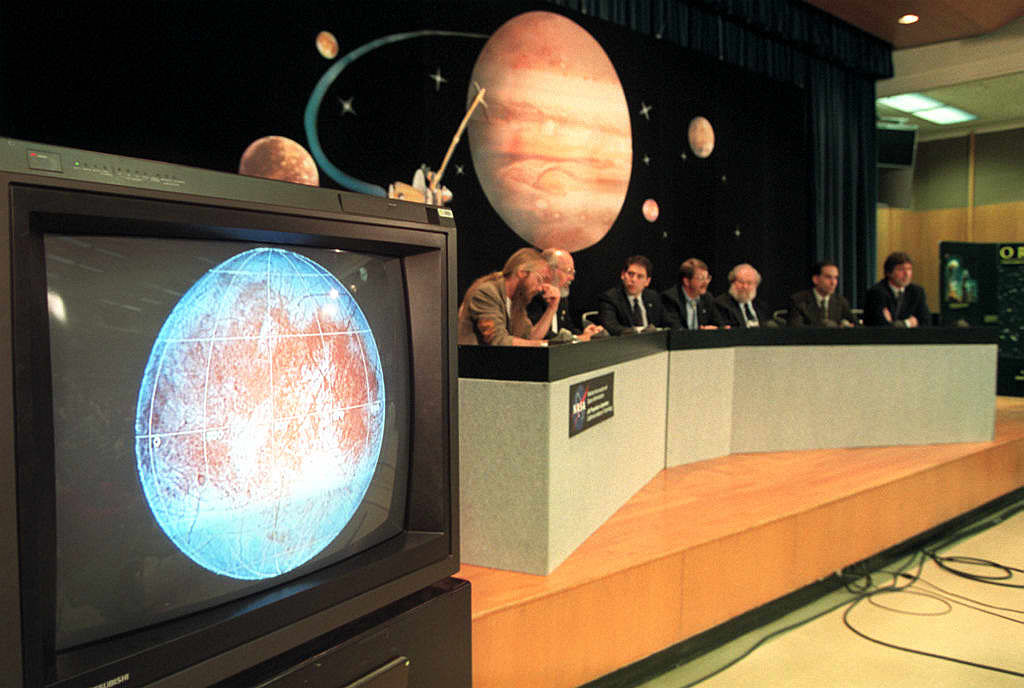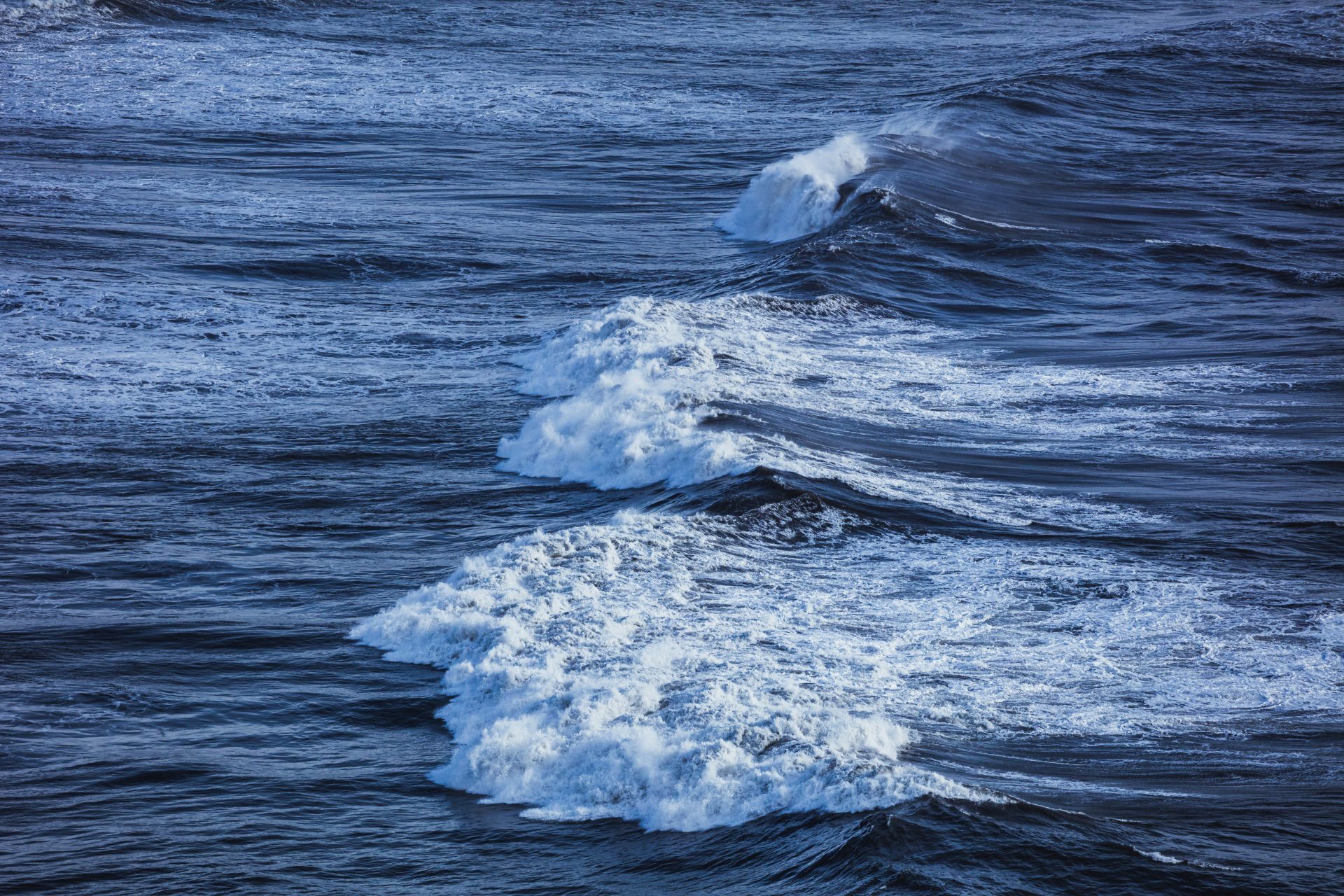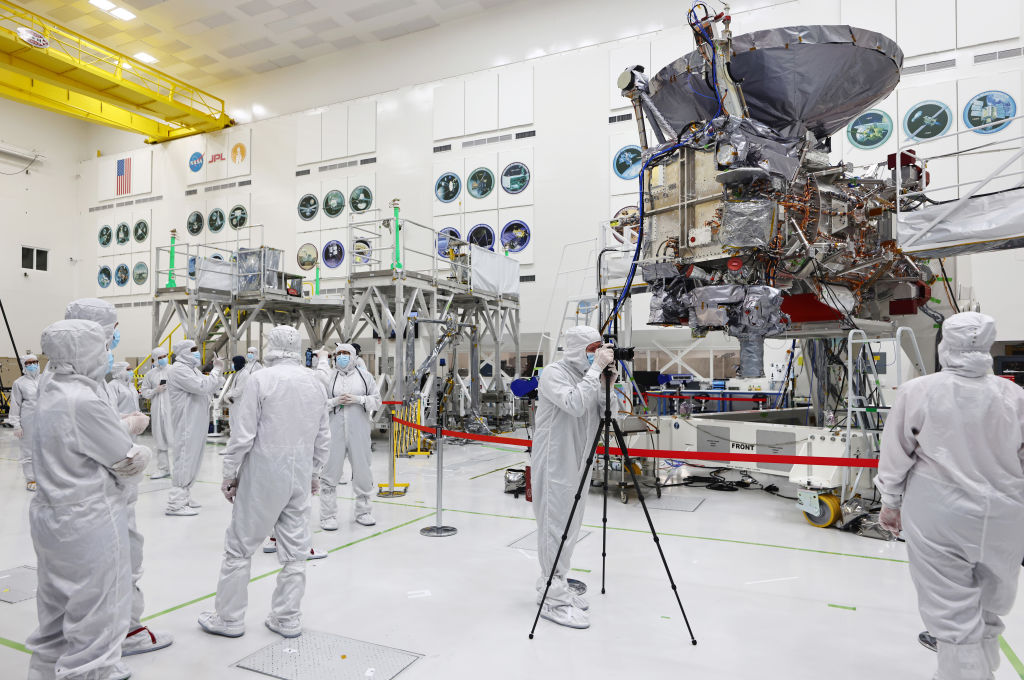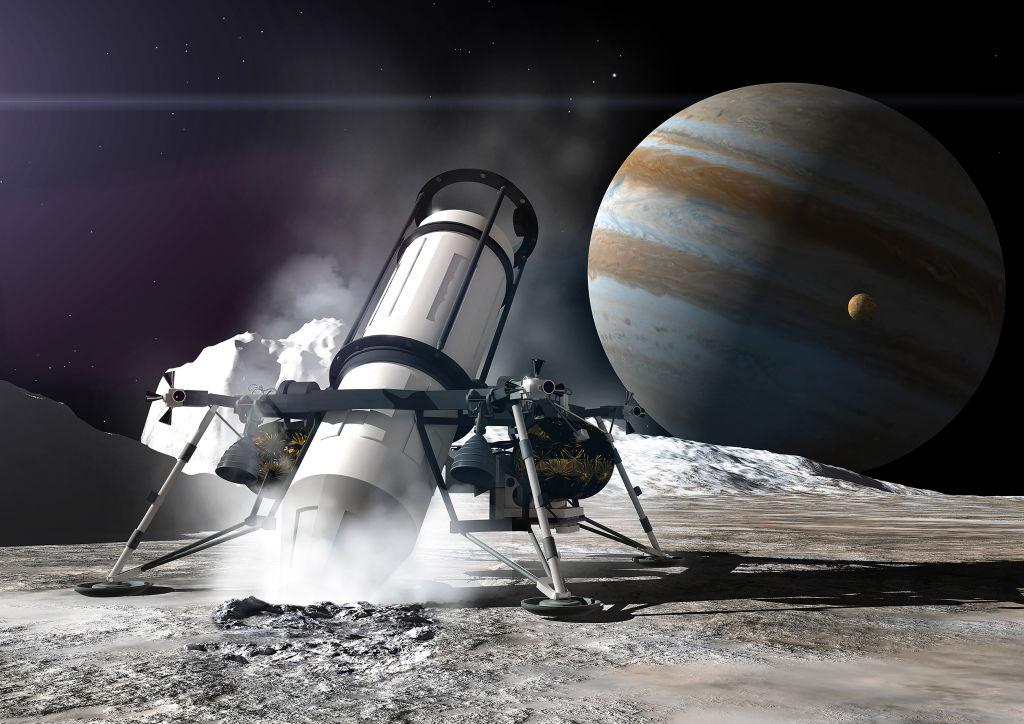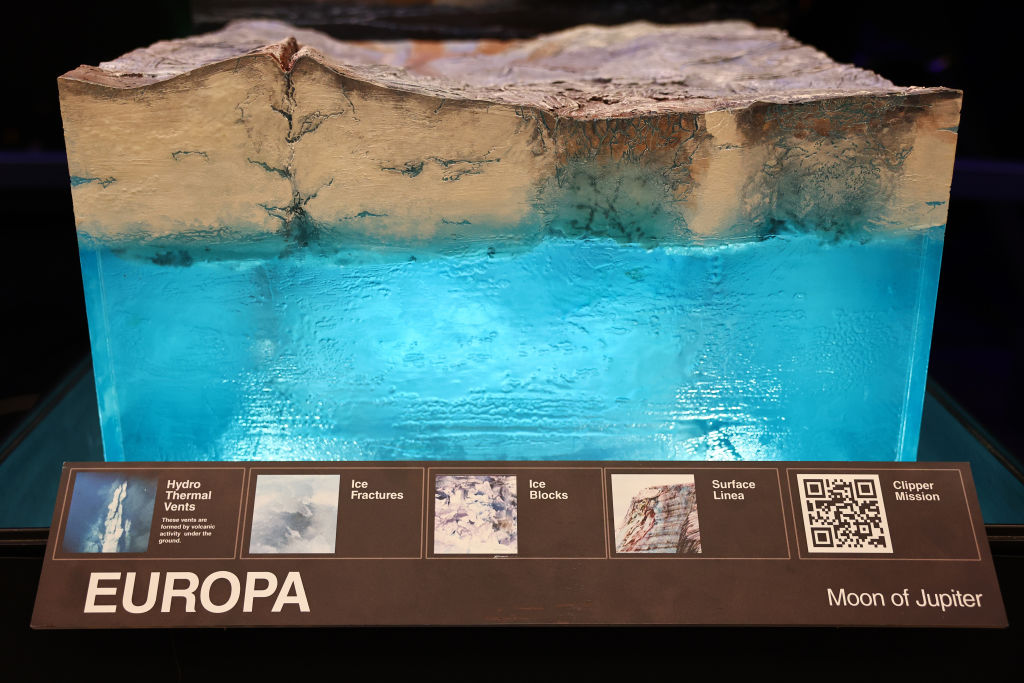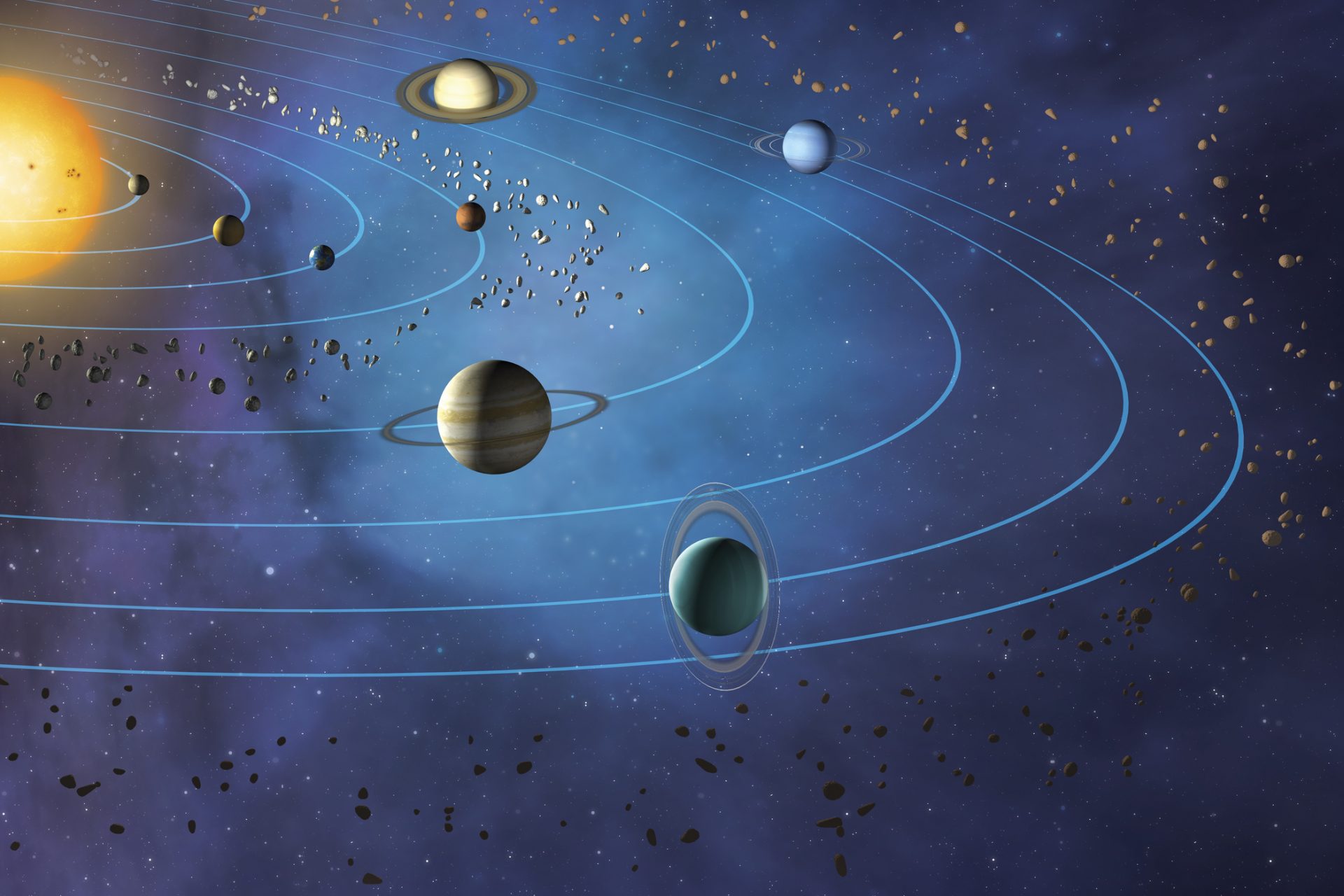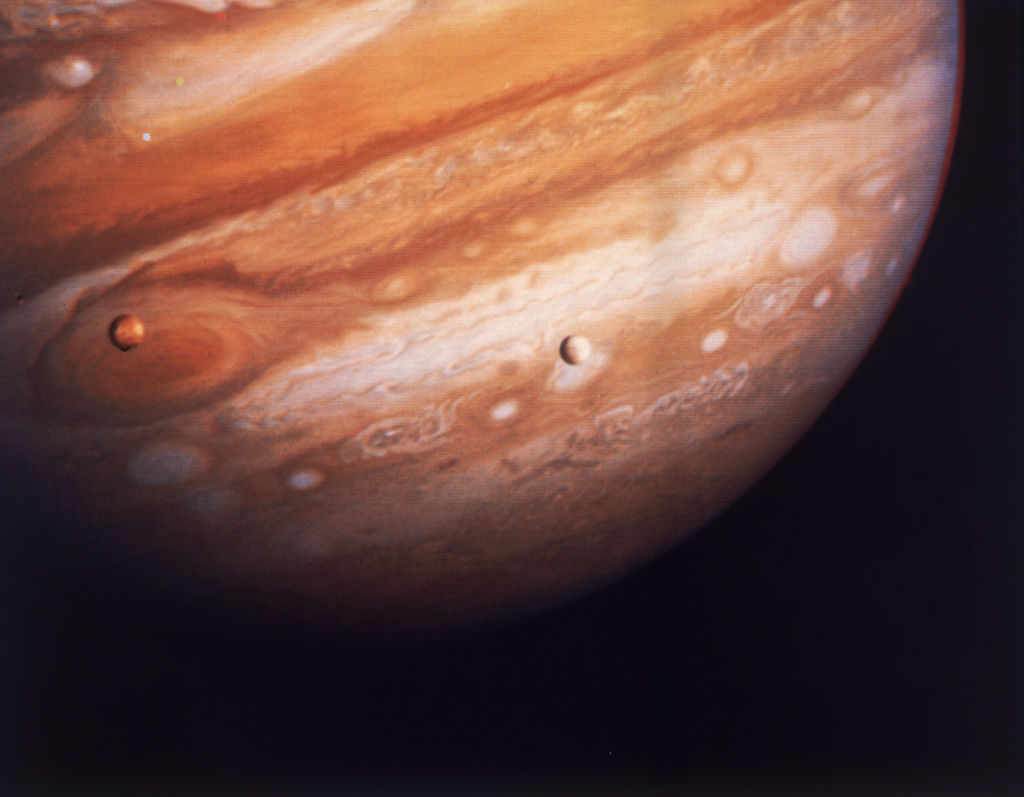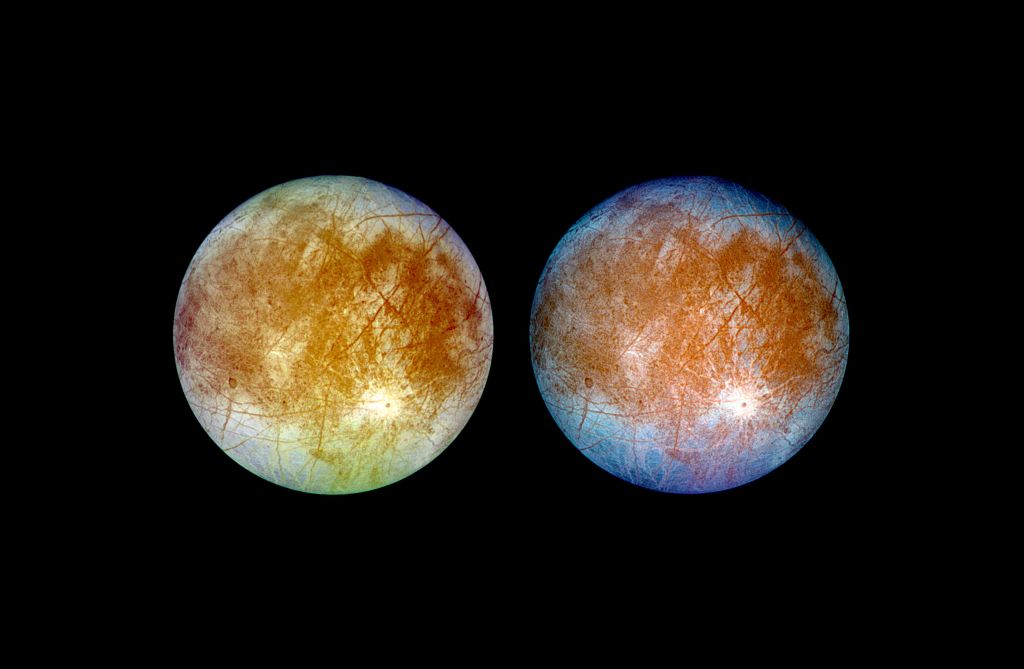NASA’s mission to hunt for alien life on one of Jupiter’s moons
“Many scientists believe that this vast subterranean sea could host living microorganisms similar in size and complexity to bacteria found on Earth,” reads the NASA article.
The Europa Clipper mission is due to blast off from Kennedy Space Center in Florida at 12.06pm local time on October 14 after the original plan to launch on October 10 was scrapped due to the battering winds brought by Hurricane Milton, US media reported.
The six-ton spacecraft, the largest NASA has ever built for a planetary mission, will fly past Mars and swing back around Earth before slingshotting out to Jupiter, covering nearly 2bn miles before reaching its destination in 2030.
“If we discover life so far away from the Sun, it would imply a separate origin of life to the Earth,” Mark Fox-Powell, a planetary microbiologist at the Open University told the BBC.
“That is hugely significant, because if that happens twice in our solar system, it could mean life is really common,” the microbiologist added.
Scientists first realised Europa might support life in the 1970s when, peering through a telescope in Arizona, they saw water ice. Then in 1995 Nasa’s Galileo spacecraft flew past Europa taking some pictures that seemed to show salts and sulfur compounds that could support life.
Picture taken in 1979.
Since then, the James Webb telescope has taken pictures of what might be plumes of water ejected above the moon’s surface. However, no mission has ever gotten close enough to look for life there, and in 2030 we will know for sure.
“It’s exciting to think that within the next decade we could have definitive scientific proof of the potential for habitable worlds beyond our planet,” Dr. Caroline Harper, the head of space science at the UK Space Agency told ‘The Guardian’.
More for you
Top Stories



